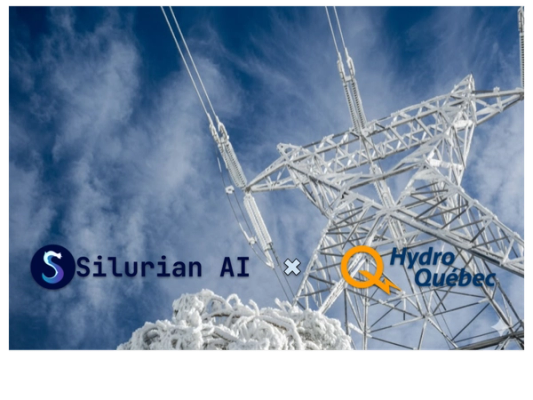To mark the start of the 2025 hurricane season, Silurian is launching our operational AI-powered hurricane model, available via API. Our previous work, the Nature-published Aurora model, was the first model to demonstrate that AI models can outperform world-class hurricane tracking systems. Now, Silurian is releasing the first AI-based API of its kind. We’re proud to work with Disaster Tech as an initial partner to advance extreme weather prediction on its decision-support platform, PRATUS™. Read the press release here.
Silurian has demonstrated robust peer-reviewed improvements to hurricane track prediction using novel AI methodologies; their AI-optimized tropical cyclone track predictions represent next-generation technologies that accelerate innovation in extreme weather impact prediction.
- Dr. Jay Shafer, Director of Utilities at Disaster Tech
The National Hurricane Center (NHC) sets the standard for official forecasts (OFCL). Despite significant improvements in accuracy over the decades, the uncertainty in landing location and storm intensity still limits our ability to protect lives and property.
GFT-C significantly reduces these error margins, providing a clearer picture of a cyclone’s path over a day sooner. This translates to more targeted and effective preparedness measures, ultimately saving lives and minimizing economic disruption.
Evaluation based on Atlantic, Eastern and Central Pacific named cyclones in 2024
Conventional wisdom says that machine learning models struggle with extreme events. Many argue that these events are too rare, and therefore there aren’t enough data points to generalize from. That’s why Aurora's outperformance over the NHC’s official cyclone track forecasts across 2022-2023 was such an impactful result.
Armed with this knowledge, Silurian first built the base GFT model and post-trained it into a next-generation global weather model that leverages deep learning and vast datasets to simulate complex atmospheric dynamics. The deep learning techniques used enable the extraction of most of the information from the limited available observations and also permit accurate modeling of unresolved scales and phenomena. To optimize our forecasts, we tested and tweaked GFT-C, a fine-tuned version of GFT that is specialized for tropical cyclones. It combines the rapid speed of machine learning methods with state-of-the-art storm tracking over long horizons. We invite you to try it out!
Optimizing track accuracy is just the start. To fully understand these extreme events we will continue work on modeling:
Contact us at contact@silurian.ai to book a demo of GFT-C and explore how our next-generation forecasts can transform your hurricane response strategy.

When rime ice brings down a transmission line, it's already too late. Traditional weather models can't see it coming—they forecast regions, not assets. Our collaboration with Hydro-Québec validates that a weather foundation model like GFT can deliver day-ahead rime-ice alerts with 0.72 average precision, reducing expected dispatch costs while providing operators with actionable 72-hour warnings.
Silurian Team
October 24, 2025

Silurian and Hydro-Québec partner up to train Silurian’s Generative Forecasting Transformer (GFT) on utility-grade grid observation data to capture asset-level details and provide early warnings for catastrophic icing events. These results were recently presented at a CIGRE 2025 keynote.
Silurian Team
October 8, 2025